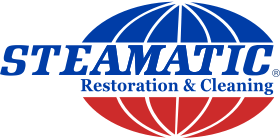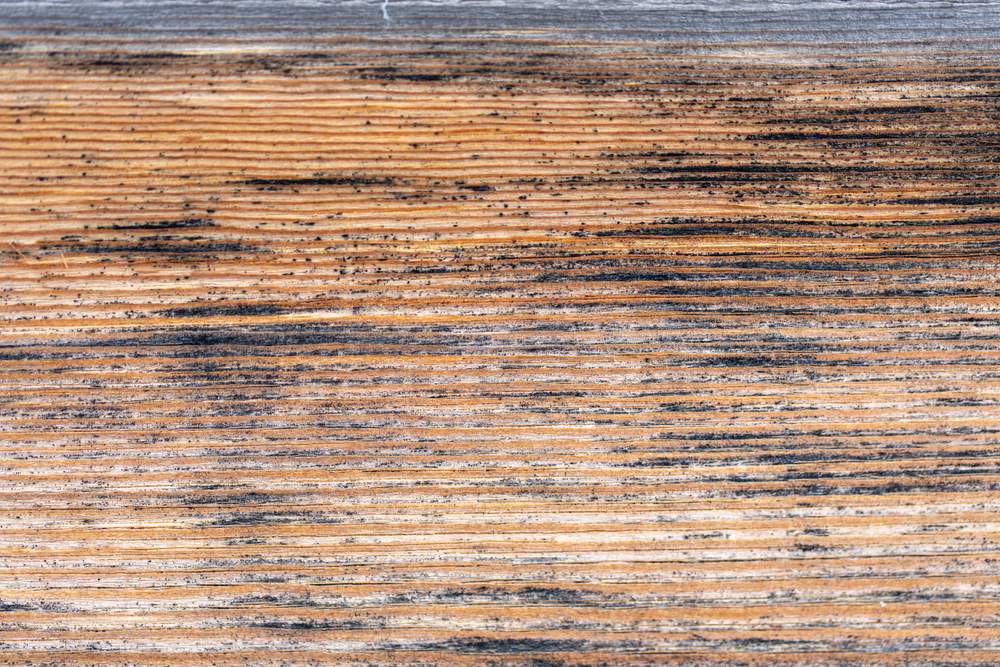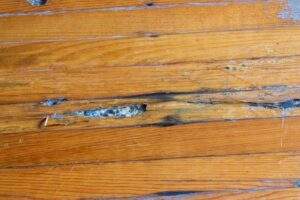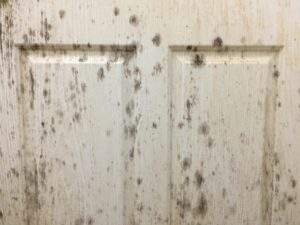Mold mainly grows in damp areas inside or outside homes and other buildings. As it grows, mold produces allergens, irritants, and pollutants into the air. It is challenging to remove the mold because it can grow anywhere.
There are, however, mold remediation processes that help to manage the growth of mildew through the destruction of mold-infested materials. This article discusses various ways of removing mold from wood surfaces and how to prevent mold growth in your home.
1. Use Protective Equipment
It is important to wear protective attire and use protective equipment when handling mold because inhaling or ingesting mold can be dangerous and harmful. When cleaning wood surfaces, put on a face mask to cover your face and mouth, goggles, and rubber gloves for your hands.
2. Vacuum the Affected Area
Clean the wood surface with a vacuum cleaner that contains a HEPA filter. This filter sucks up the loose mold spores on the surface or near the wood surface. Next, pass the vacuum through the affected wood surface area entirely. After that, take the vacuum outside and dispose of the mold content.
The vacuum-gathered mold content should be tightly sealed in a plastic bag upon disposal. This seal prevents the mold spores from escaping and growing again on the surfaces. The vacuum process has proven effective in mold removal and wood restoration.
3. Try Soap and Water
You can use soap, detergent, and water to clean off mold if it has not grown deep into the wood. Soap and water kill mold from the top of the surface, preventing it from penetrating deeper. Create a cleaning solution using dishwashing soap and warm water.
Follow these few steps on how to remove the mold using soap and water:
-
- Take a spray bottle with water.
- Put in one tablespoon of soap, and shake it.
- Spray the solution onto the affected surfaces while gently scrubbing the mold using a soft-bristled brush.
This cleaning process removes the mold as you sponge out excess soap.
You can also use distilled white vinegar to clean out mold from wood surfaces. Here is how to remove the mold using vinegar, which destroys almost all the mold species:
-
- Take a spray bottle and mix vinegar and warm water equally.
- Spray the solution onto the mold and leave it to dry for an hour.
- Wipe the surface with a moistened cloth and then a dry towel.
If the mold does not come off after these two cleaning processes, clean the surface using alkaline mineral salt. Create a mixture of water and a tablespoon of borax and apply the mixture on the wood surface using a soft-bristled brush.
Scrub the surface with the borax mix and let it stay on the wood without sponging up excessive liquid. When you place a lot of solution on the surface, it penetrates deeper and prevents future growth. Complete this process through fanning or dehumidification to dry the wood surface while retaining the borax underneath the surface. Do not use bleach to kill mold on wood surfaces because chlorine does not penetrate the wood. That makes it ineffective for mold removal on wood surfaces.
4. Sand the Affected Area
Sanding is another way of removing mold from wooden surfaces, especially when dealing with stubborn mold. First, rub the affected surface using 100-grit sandpaper while avoiding the unaffected surrounding areas. Then, wipe off the sand to leave the surface clean.
5. Consider Professional Help
It is common for mold to grow on wooden surfaces because wood easily absorbs water. However, if the mold-affected area does not have black mold and is not higher than ten square feet, the mold can be removed and stopped from growing more.
You can also subcontract or hire professional mold-removing companies or individuals to help you deal with the situation. Steamatic of Colorado Springs offers the best and most efficient mold removal services in Colorado Springs.
How to Prevent Mold Growth in Your Home
Mold harms your health, and its effects include skin rash, burning eyes, coughing, and a stuffy nose. Severe impacts may occur in people who have asthma and mold allergy. The best way to prevent mold from growing in your home is by maintaining humidity levels below 50 percent. You can do this through a dehumidifier or air conditioner or by installing a meter to monitor humidity levels.
Contact the Mold Remediation Pros in Colorado Springs
Mold is irritating and causes pollution in homes and offices. Steamatic of Colorado Springs offers professional mold remediation services to help you manage mold. Contact us for mold removal from wood surfaces and other mold remediation services.
Image Source: Olya Maximenko / anchalee thaweeboon / Emre Akkoyun / Shutterstock








